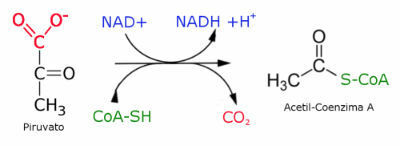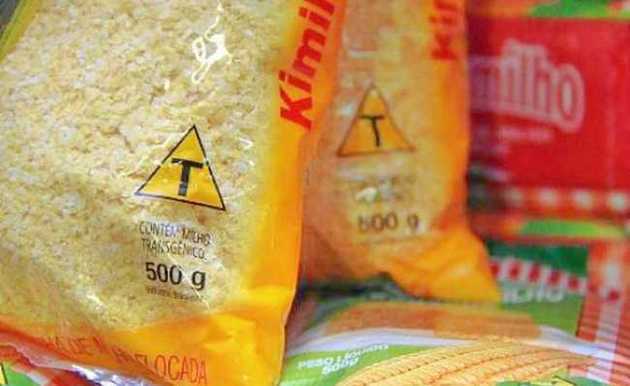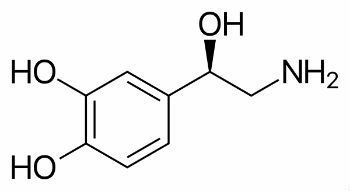The Krebs Cycle or Citric Acid Cycle is one of the metabolic steps of aerobic cell respiration that occurs in the mitochondrial matrix of animal cells.
Remember that Cell Breathing consists of 3 phases:
- Glycolysis - process of breaking down glucose into smaller parts, with formation of pyruvate or pyruvic acid, which will originate Acetyl-CoA.
- Krebs Cycle - Acetyl-CoA is oxidized to CO2.
- respiratory chain - production of most of the energy, with the transfer of electrons from hydrogens, which were removed from the substances participating in the previous steps.
Roles and Importance
The complex Krebs cycle has several functions that contribute to cell metabolism.
The function of the Krebs cycle is to promote the degradation of end products from the metabolism of carbohydrates, lipids and various amino acids. These substances are converted to acetyl-CoA, with the release of CO2 and H2O and ATP synthesis.
Thus, it performs the energy production for the cell.
In addition, intermediates used as precursors in the Krebs cycle are produced between the different stages of the Krebs cycle.
biosynthesis of amino acids and other biomolecules.Through the Krebs cycle, energy from organic food molecules is transferred to energy-carrying molecules, such as ATP, to be used in cellular activities.
Krebs Cycle Reactions
The Krebs cycle corresponds to a sequence of eight oxidative reactions, that is, those that need oxygen.
Each of the reactions relies on the participation of enzymes found in mitochondria. Enzymes are responsible for catalyzing (speeding up) the reactions.
Krebs Cycle Stages
Oxidative Decarboxylation of Pyruvate
Glucose (C6H12O6) from the degradation of carbohydrates will convert into two molecules of pyruvic acid or pyruvate (C3H4O3). Glucose is degraded through Glycolysis, and is one of the main sources of Acetyl-CoA.
The oxidative decarboxylation of pyruvate initiates the Krebs cycle. It corresponds to the removal of a CO2 from pyruvate, generating the acetyl group that binds to coenzyme A (CoA) and forms Acetyl-CoA.

Oxidative decarboxylation of pyruvate to form Acetyl-CoA
Note that this reaction produces NADH, an energy-carrying molecule.
Krebs Cycle Reactions
With the formation of acetyl-CoA, the Krebs cycle begins, in the matrix of mitochondria. It will integrate a cellular oxidation chain, that is, a sequence of reactions in order to oxidize the carbons, transforming them into CO2.

Krebs Cycle Stages
Based on the image of the Krebs cycle, follow the step by step of each reaction:
Steps (1 - 2) → The enzyme citrate synthetase catalyzes the group transfer reaction acetyl, from acetyl-CoA, for the oxaloacetic acid or oxaloacetate forming the Citric acid or citrate and releasing Coenzyme A. The name of the cycle is related to the formation of citric acid and the various reactions that take place.
Steps (3 - 5) → Oxidation and decarboxylation reactions occur giving rise to ketoglutaric acid or ketoglutarate. CO is released2 and form NADH+ + H+.
Steps (6 - 7) → Next, the ketoglutaric acid undergoes an oxidative decarboxylation reaction, catalyzed by an enzymatic complex which includes CoA and NAD+. These reactions will originate succinic acid, NADH+ and a molecule of GTP, which subsequently transfer their energy to an ADP molecule, thus producing ATP.
Step (8) → Succinic acid or succinate is oxidized to fumaric acid or fumarate, whose coenzyme is FAD. So it will be forming FADH2, another energy-carrying molecule.
Steps (9 -10) → Fumaric acid is hydrated forming the malic acid or malate. Finally, malic acid will undergo oxidation forming oxaloacetic acid, restarting the cycle.
Read too:
- Cellular respiration
- Metabolism
- Cell Metabolism
- energy metabolism
To learn more, also watch the video below:



